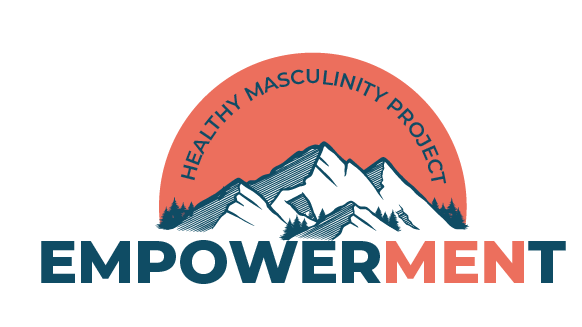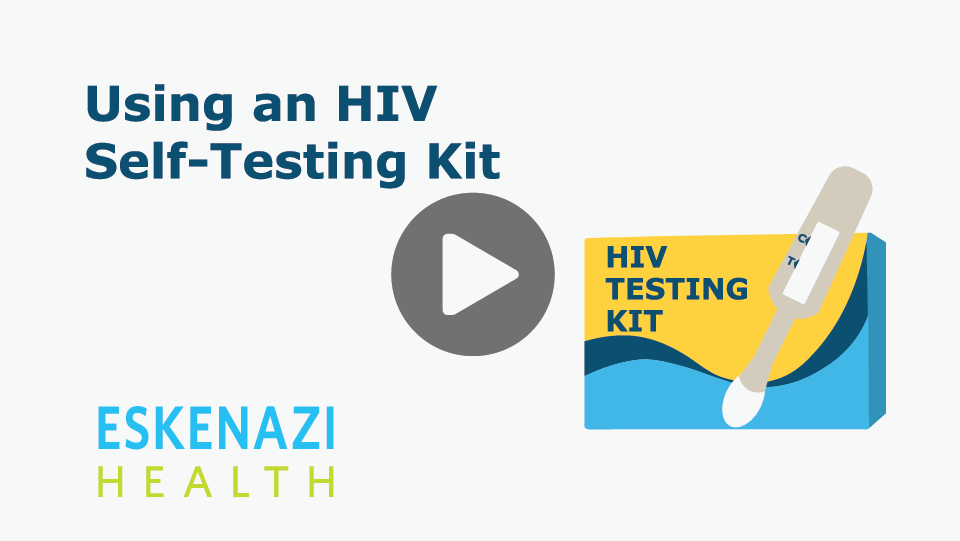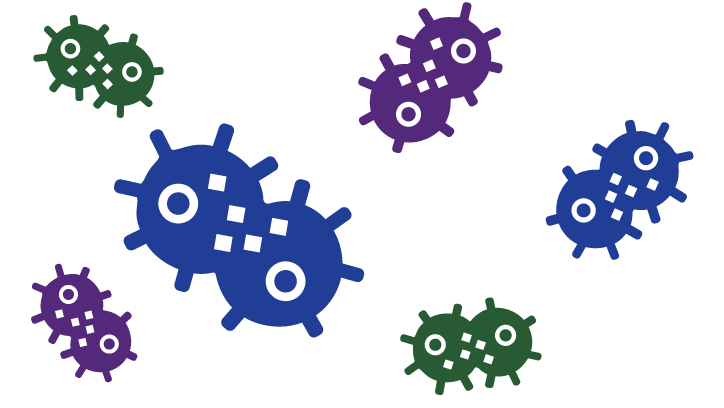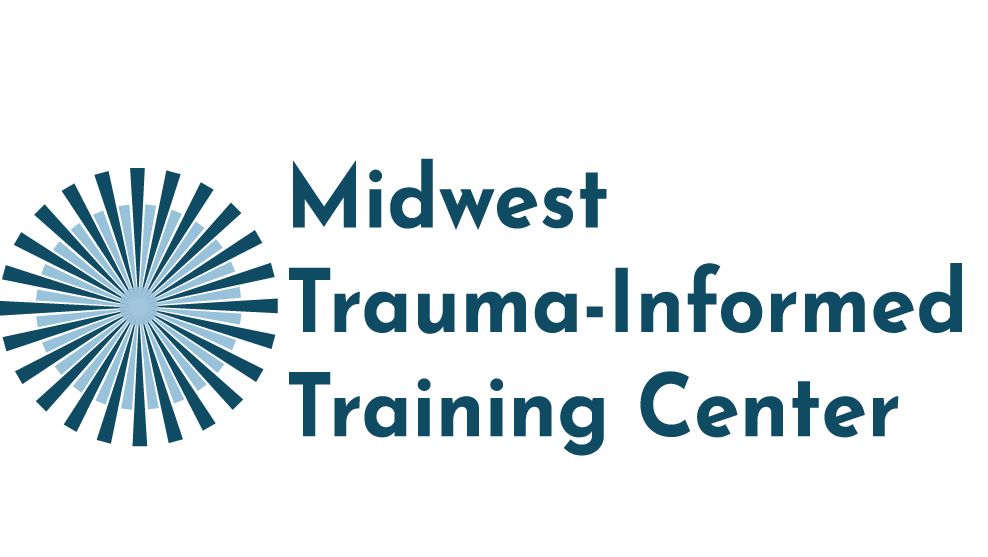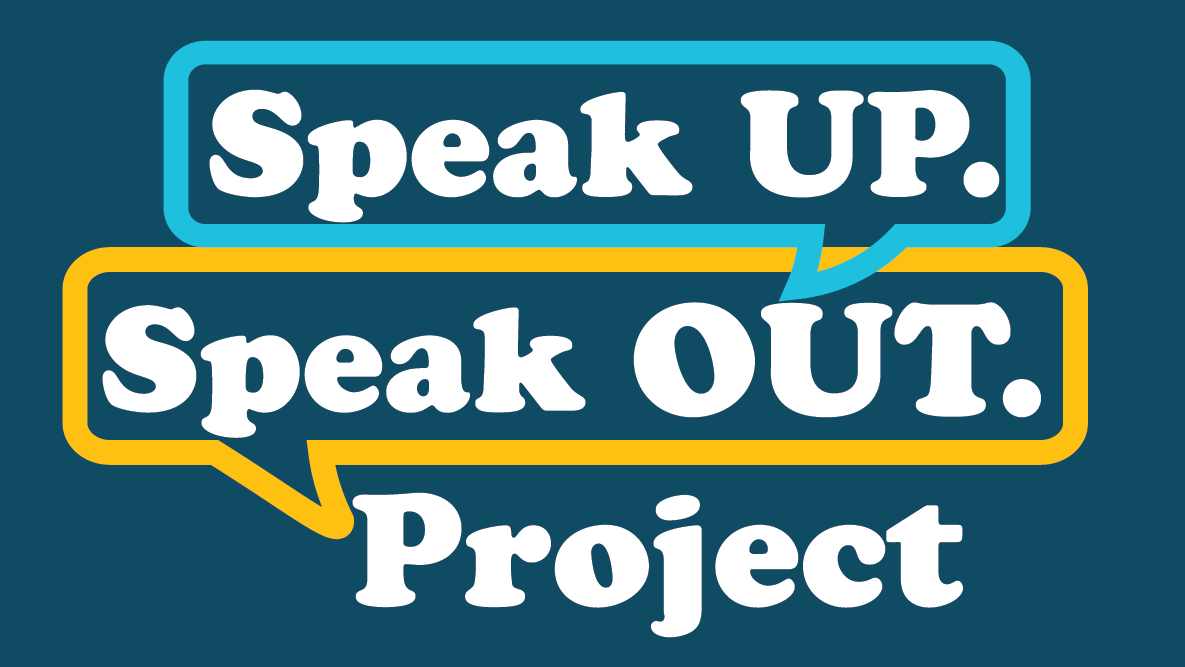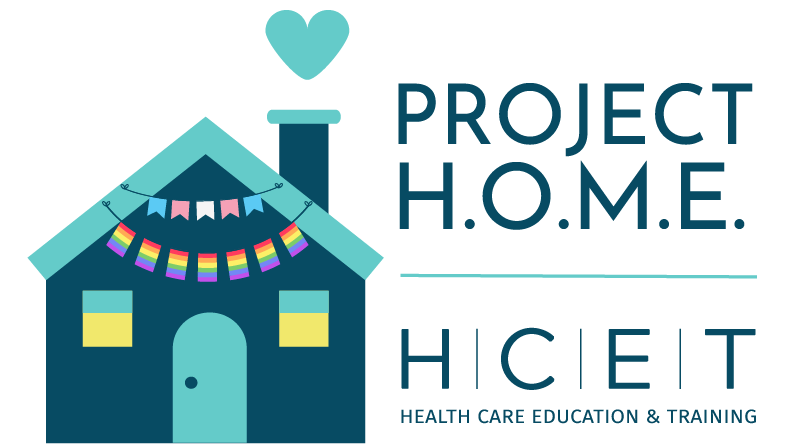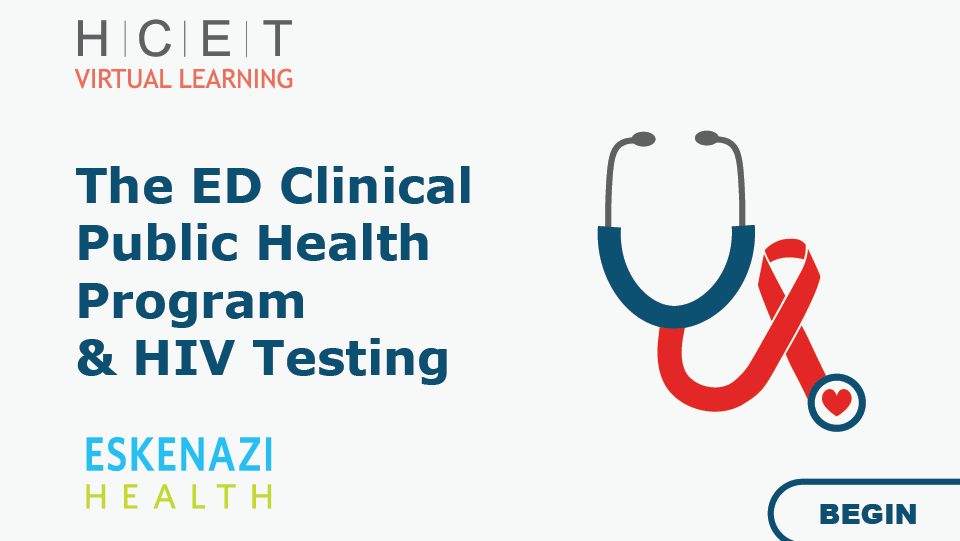Problem: During COVID, due to social distancing standards, we could not hold training mandated by our grants' workplans.
Solution: We created Virtual Learning, an arm of H.C.E.T., focused on giving high-quality, inclusive training to support the professional development of health educators and other individuals teaching youth and adolescents, clinicians, and family planning specialists, and other professionals working in reproductive and sexual health.

Adolescent Health
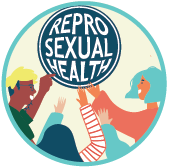
Reproductive and Sexual Health
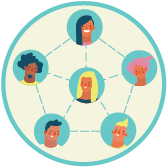
STI

MTITC
Our modules cover adolescent health, reproductive and sexual health, STIs, and trauma-informed care, and are taken for certification by our partners in the field. They consist of interactive activities, videos, and animations and are made using Captivate, Animate, Adobe Audition, Premiere Pro, and Vyond and hosted on our LMS.
To view some example modules I created, go to HCET Virtual Learning and log in using the username and password shown on the right.
Introduction to Consent covers general consent, affirmative consent, and legal consent. Centering affirmative sexual consent in youth facilitation reduces instances of sexual coercion and assault and helps teens recognize and respect each other's boundaries.
Introduction to Facilitation is designed to build confidence and skills around the facilitation of sexual health curriculum for youth. Value Clarification helps facilitators define their values and identify and manage personal biases to create a safe, inclusive environment for youth. Classroom Management explores strategies to respond to youth questions and manage disruptive behavior in the classroom. Human-Centered Design is a new module that replaces Learning Theories as the third module in the course. Facilitators will learn how to create an environment that prioritizes youth needs, behaviors, and experiences throughout the design process and distinguish between an adaptation and an enhancement in the core curriculum.
In this three-module series, learners will get familiar with the social determinants of health and the impact on health inequities within the LGBTQIA+ community, facilitate inclusive puberty lessons, and create an inclusive classroom for youth of all sexual orientations and gender identities.

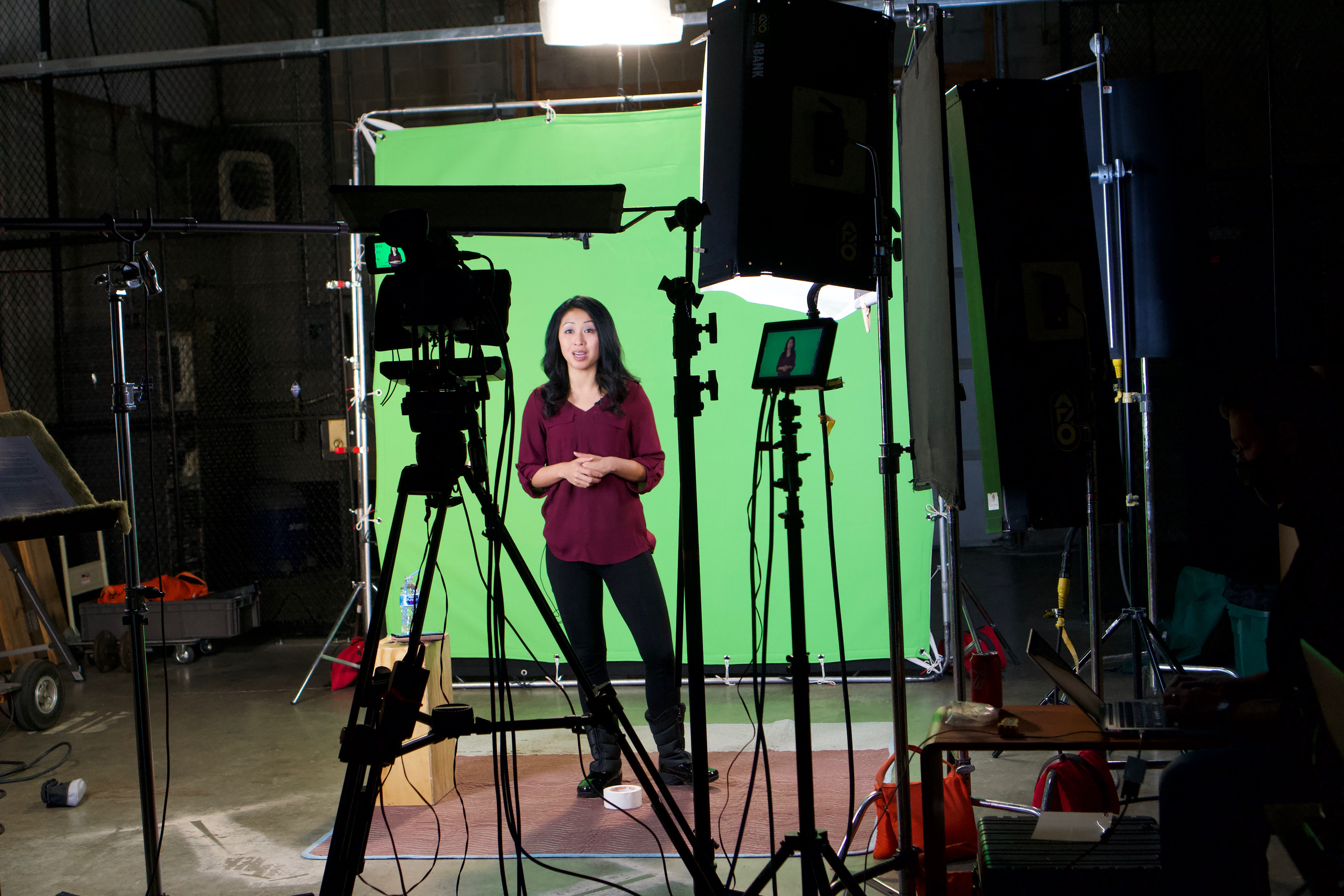
There are two modules in the second course in our Sexual Health Concepts Series: STIs and Contraception. This course was a learning experience because we used video as the main component of the modules. In the first module, learners will classify STIs, including HIV, describe strategies to reduce the risk of contracting them, and discuss sexual and reproductive health issues using destigmatizing language. In the second module, learners will explore the different methods of pregnancy prevention and learn how to discuss the topic of contraception in a value-neutral and medically accurate frame with youth.
In our first Sexual Health Concepts course, learners will explore the basics of anatomy and physiology pertaining to reproductive and sexual health. They will become well-versed in menstruation, fertility, ejaculation, and the different cycles associated with reproduction.

